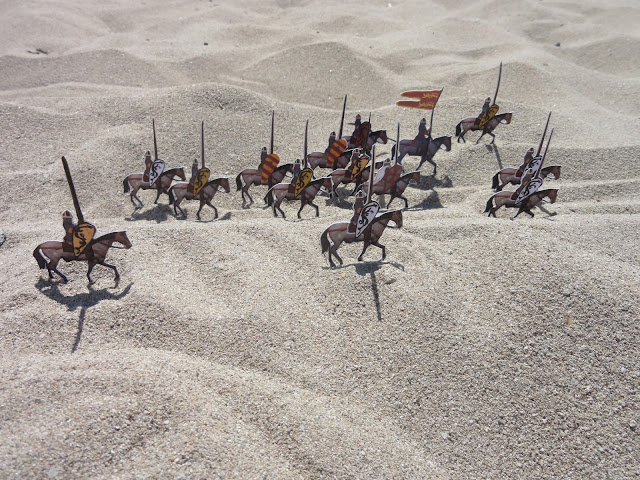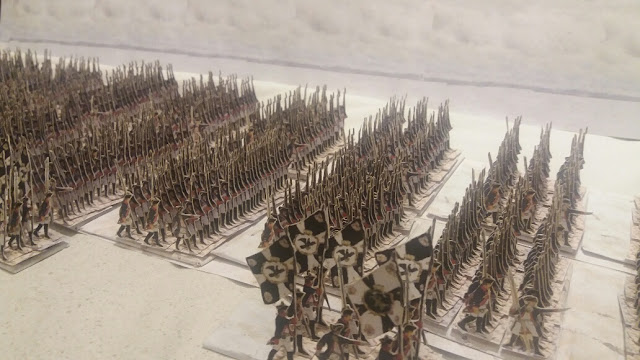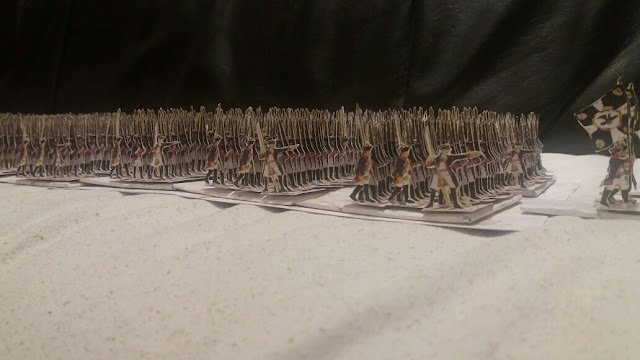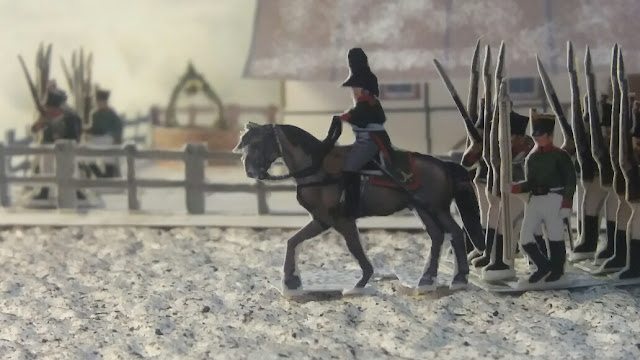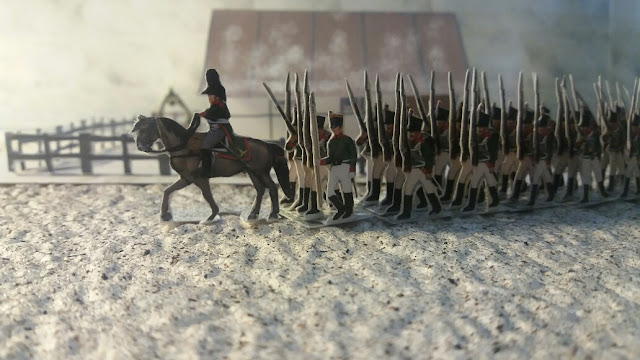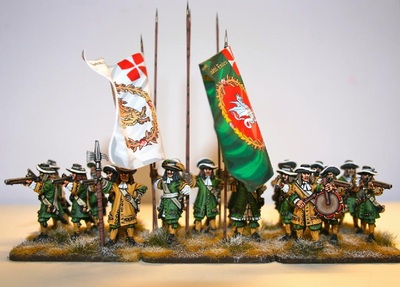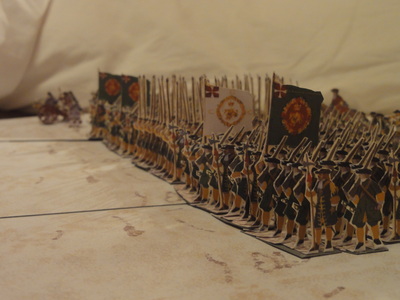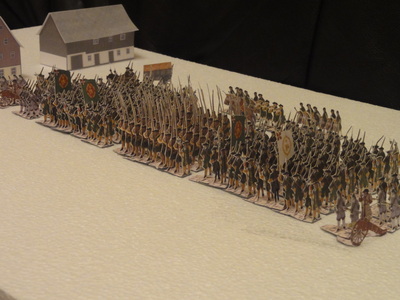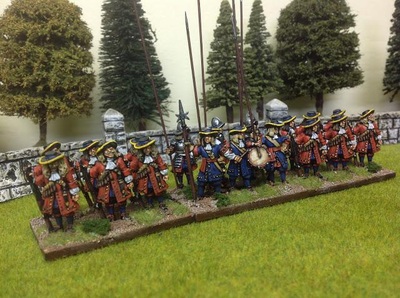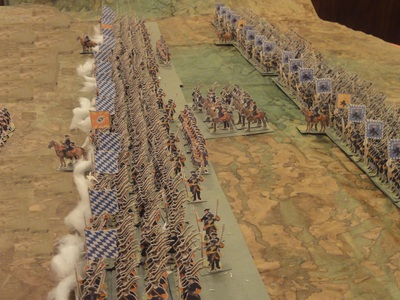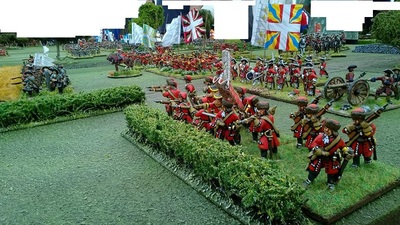The problem in wargaming at 1:1 ratio in big battles is the fact that you need a lot of paper figures and - above all - a lot of space.
In fact, if a Km is represented by 415 cm wide boardgame, it's evident that recreating a front of 3 real Km will request a 1245 cm wide boardtable (i.e. 12 meters!)
I had to find a solution to this. My idea came out to buy Clash of Arms wargame, with its fantastic map of the battle of Leuthen, with a grid of hexagons of about 95 m wide.
Here the map of the battle from the wargame Leuthen of Clash of Arms. It is really very huge and detailed, but if I can make a critic it is too limited on its western edge and perhaps too short in its Northern edge. If you look at the map with attention actually you will understand what I mean. The space of maneuvre on the west of the village of Lobetiz is really limited. So if you desire to try a flank attack passing on the west of this village it will be impossible; even if you want to change the way Federick attacked, and instead of turning south after the village of Borne, you want to attack in front or even to turn Northward you will not have the space to maneuver. The map is limited on the North at the high of the Village of Borne and for example the North located village of Nippern is not visible, as it is not the Village of Saarawanze on the East Northern edge of the battle.
Just to give you an idea I post here bottom the map of the battle according to the Osprey Campaign Series "Rossbach and Leuthen" where the real dimensions of the battle of Leuthen are easily visible.
Just to give you an idea I post here bottom the map of the battle according to the Osprey Campaign Series "Rossbach and Leuthen" where the real dimensions of the battle of Leuthen are easily visible.
Another point - for me essential - must be put in evidence: the dimension of the units; As I told before the map of the battle represents a grid of hexagons about - in the reality - 90 meters. This means that a single unit of the epoch cannot be held inside just 1 hex. The units, fighting in a strict linear way, were about 130/150 meters wide; this means that on the map they would occupy almost 2 hexes. This is for me a very serious mistake in the game that totally changes the proportion of the battle as it is done by Clash of Arms.
But I will use this map to fulfill my needs to recreate a 1:1 wargame battle; therefore I decide to design the units with their real dimensions, and cleaning them from all the unnecessary information on them;
In the picture below I show the differences between mine (top one in blue) and the counters of the game: my counter is actually almost the double in width.
I also showed the difference in the size of a normal infantry unit of the Prussian Army and an assembled Grenadier Battalion (on 4 companies):
I just wrote on the counters their movement capacity and the kind of unit. The X cross indicates that this is an infantry unit.
Top: using my counters I was able to recreate with the correct size the Prussian array at 11.00 AM on 5th December 1757; as said before, it's a very big pity that for example it's not possible to go easily on the left of the village of Lobenitz without risking to go out of the map.
Top: in this picture it's possible to see the Prussian (Infantry) array and its distance from the village of Leuthen. Please consider that every infantry units moves by 6 cm each turn.
Now that I criticized the wargame I also have to admit that the map is really unique and beautiful, full of details and very good choice of colors.
The aim of using the map with papersoldiers (but it could be applied to any wargame played with figures) is to recreate the battle at 1:1 ratio.
In fact, through this map and the units represented on it it's quite easy to move the entire array. When them to adversary counters will meet on this map, they will be immediately "transformed" in a fight using papersoldiers at 1:1 ratio, like this:
or like this:
